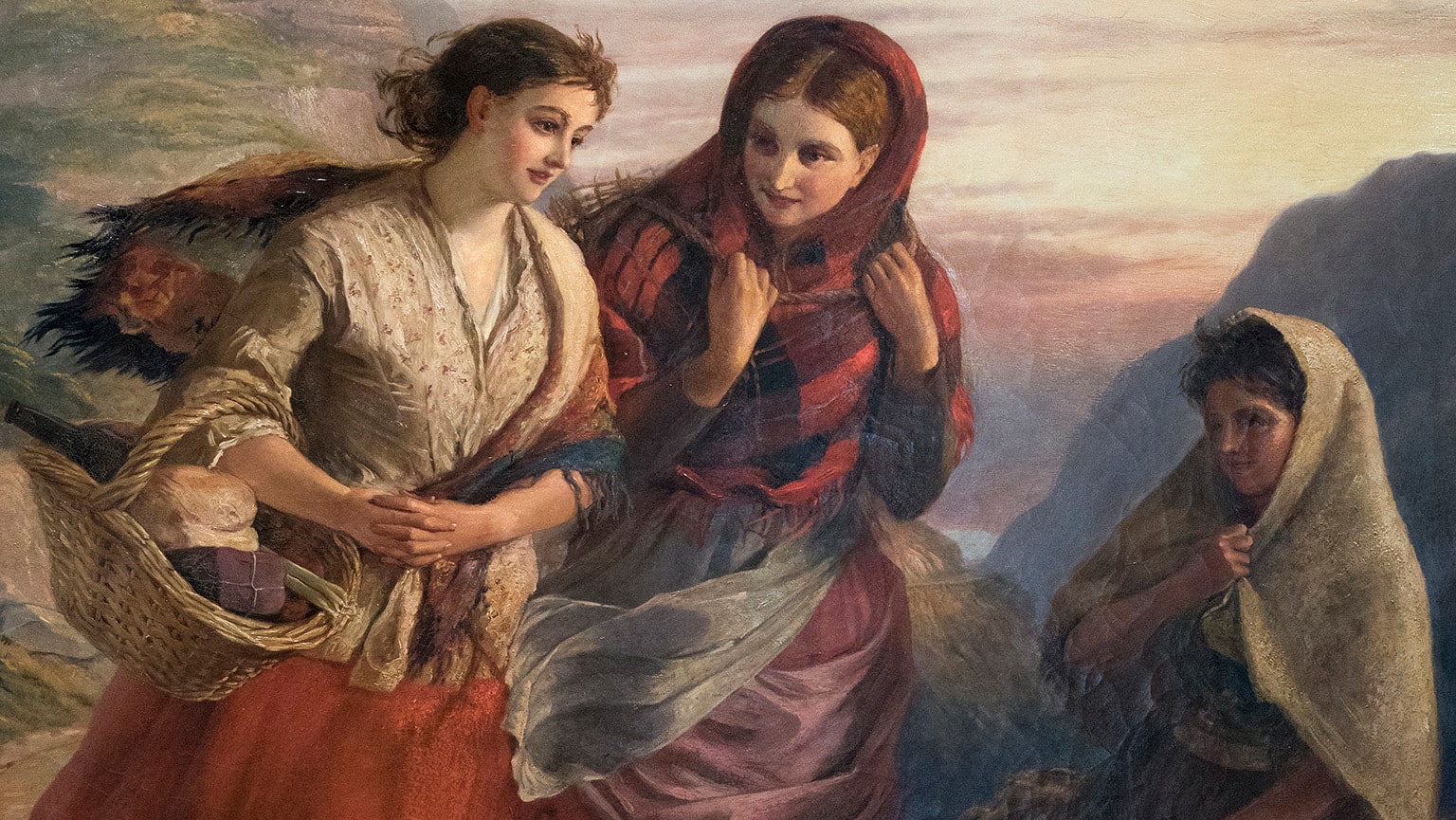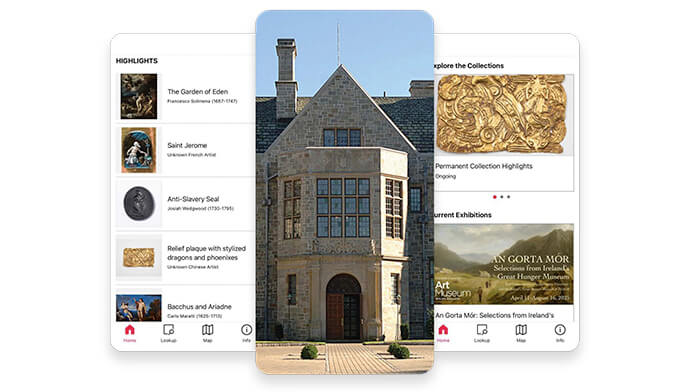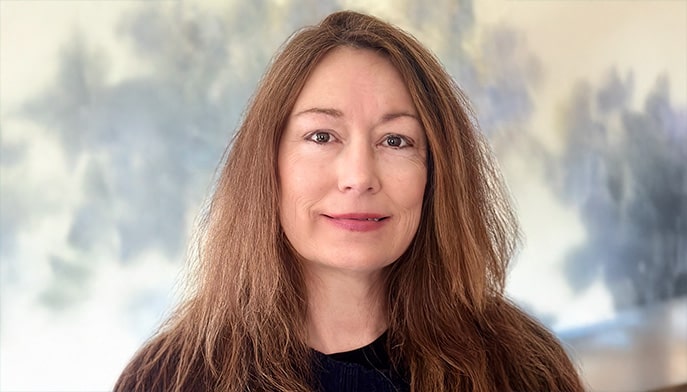On Friday, April 11, the Fairfield University Art Museum will celebrate the opening of An Gorta Mór: Selections From Ireland's Great Hunger Museum at the Walsh Gallery in the Regina A. Quick Center for the Arts. On view through August 16, 2025, the exhibition is organized by Quinnipiac University and Ireland's Great Hunger Museum of Fairfield.
The exhibition was formerly housed in Hamden, Conn., at Quinnipiac University, which has since chosen the Ireland's Great Hunger Museum of Fairfield – a new iteration of the museum – as the new curators for the collection of approximately 170 artworks and sculptures after closing its site in 2020 because of the Covid-19 pandemic. Many artworks in the collection were painted shortly before or during the famine, and others are by more contemporary artists—all depicting unique stories and the impactful history of the famine period. The Ireland’s Great Hunger Museum of Fairfield plans to open an immersive space in Fairfield in 2026-27 at 636 Old Post Road, currently the location of Operation Hope.
In the interim, in partnership with Ireland’s Great Hunger Museum of Fairfield, the Fairfield University Art Museum (FUAM) is presenting a selection of 38 works paired with programming to provide a range of opportunities for all to connect with the exhibition — including a lecture by Niamh O’Sullivan, PhD, professor emerita of visual culture at the National College of Art and Design in Ireland, a “Luck of the Irish” themed family day, and musical performance by the Catfeather Duo.
As a neighboring museum, FUAM is presenting the exhibition to support community involvement and Ireland’s Great Hunger Museum of Fairfield. This partnership has a natural synergy as both museums seek to bring impactful cultural experiences to the community through timeless artworks.
“We are thrilled to bring this remarkable selection of artworks out of storage and to the greater community, demonstrating the significance of storytelling through art to connect individuals and explore different perspectives on pivotal historical experiences,” said Carey Weber, FUAM's Frank and Clara Meditz Executive Director. “We collaborated with Ireland’s Great Hunger Museum of Fairfield in an effort to ensure that the community has access to these meaningful works that naturally prompt reflection and critical dialogue about ongoing social challenges.”
The secretary of Ireland’s Great Hunger Museum of Fairfield, Loretto Leary, explained how the artworks provide diverse perspectives and interpretations of the historical period, allowing for an exceptionally enriching experience for all visitors. “Having this exhibition at Fairfield University can help prompt discussion around how the experiences of the famine are relevant to today and why those lessons are important,” she said.



